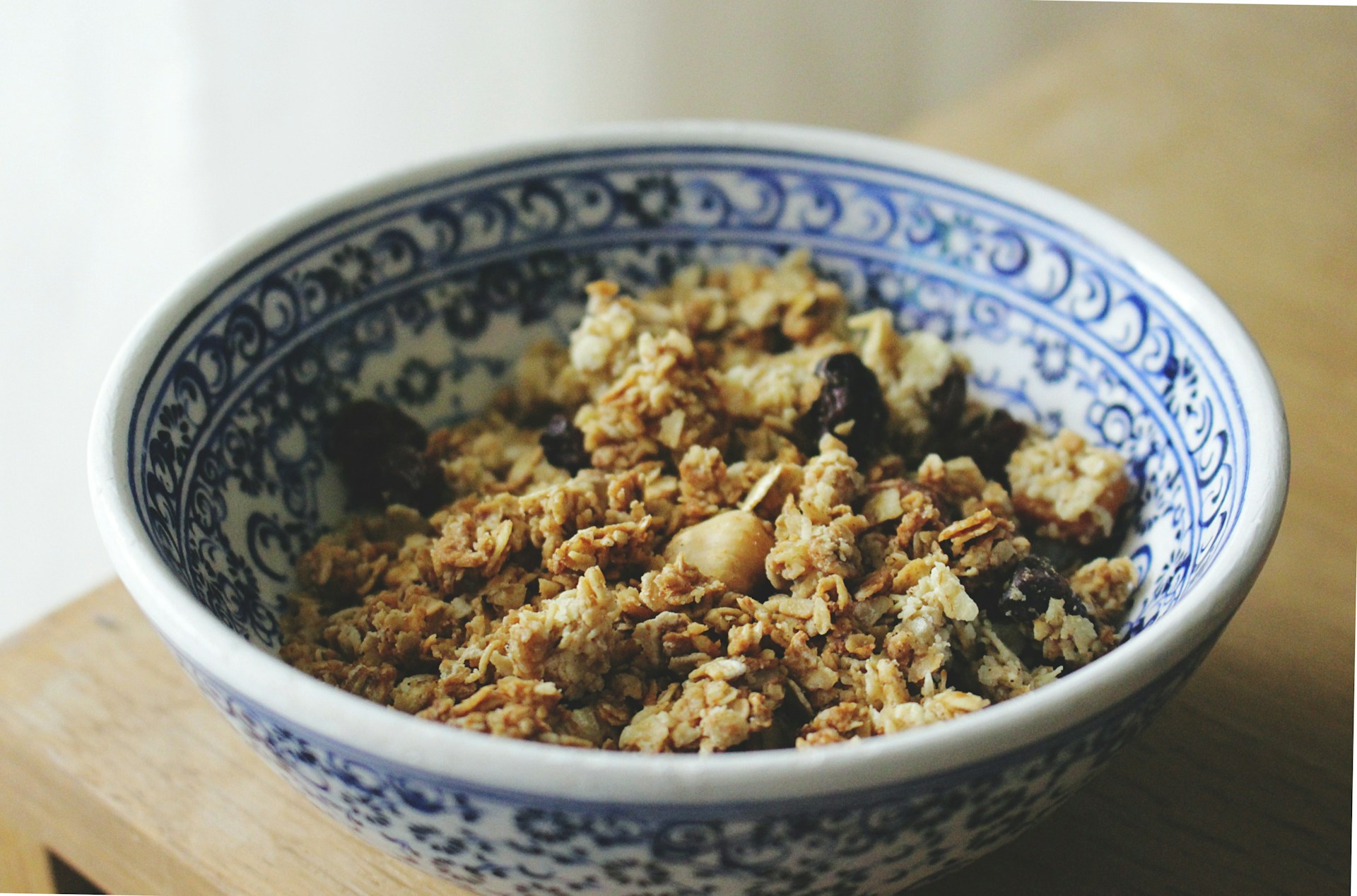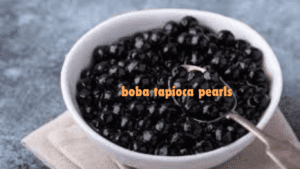Introduction
Ancient Grains in Healthy Cereals have made a remarkable resurgence in recent years, becoming a staple in many health-conscious diets. As more people seek nutrient-dense and minimally processed foods, ancient grains are gaining popularity, especially in breakfast cereals. This comprehensive guide explores the numerous benefits of incorporating ancient grains into your diet, particularly through cereals, and provides insights into why these grains have stood the test of time.
What Are Ancient Grains?
Ancient grains refer to a group of grains and pseudocereals that have remained largely unchanged over the past several hundred years. Unlike modern grains, which have been selectively bred and heavily processed to increase yield, gluten content, and shelf life, ancient grains retain their original genetic makeup. This characteristic makes them rich in nutrients and free from the modifications that can diminish their health benefits.
Common examples of ancient grains include:
a. Quinoa:
Known for its high protein content and status as a complete protein, quinoa is also rich in fiber, magnesium, and iron.
b. Amaranth:
This grain is packed with protein, fiber, and micronutrients such as magnesium and phosphorus.
c. Spelt:
An ancient form of wheat, spelt is high in protein, fiber, and essential minerals like magnesium and zinc.
d. Farro:
Often used in Mediterranean cuisine, farro is a good source of fiber, protein, and iron.
e. Millet:
A gluten-free grain that is rich in magnesium, phosphorus, and fiber.
f. Sorghum:
High in antioxidants, sorghum is also gluten-free and contains a significant amount of protein and fiber.
The Nutritional Benefits of Ancient Grains
Ancient grains are celebrated for their impressive nutritional profiles. They offer a wide range of health benefits, making them an excellent addition to any diet. Here’s a closer look at the key nutritional advantages of these grains:
a. High in Fiber:
Many ancient grains are rich in dietary fiber, which aids digestion, promotes satiety, and helps regulate blood sugar levels. For example, a serving of farro provides about 5 grams of fiber, while quinoa and amaranth are also excellent sources.
b. Rich in Protein:
Unlike many modern grains, several ancient grains, such as quinoa and amaranth, provide complete protein, containing all nine essential amino acids. This makes them particularly valuable for vegetarians and vegans who may struggle to get enough protein from plant-based sources.
c. Packed with Vitamins and Minerals:
Ancient grains are often high in essential vitamins and minerals. For instance, millet is a great source of magnesium, which is important for muscle and nerve function. Spelt and farro are rich in B vitamins, which are crucial for energy production and brain health.
d. Low Glycemic Index:
Many ancient grains have a low glycemic index, meaning they have a slower impact on blood sugar levels. This is beneficial for people with diabetes or those looking to maintain stable energy levels throughout the day.
e. Gluten-Free Options:
For those with celiac disease or gluten sensitivity, ancient grains like quinoa, amaranth, millet, and sorghum provide excellent gluten-free alternatives that are both nutritious and versatile.
Cultural and Historical Significance of Ancient Grains
The cultural and historical significance of ancient grains adds to their appeal. These grains were integral to the diets of ancient civilizations and played important roles in their cultural practices:
a. Quinoa: Known as the “mother grain” by the Incas, quinoa was considered sacred and was a staple in their diet. It was believed to provide strength and stamina to Incan warriors.
b. Amaranth: Revered by the Aztecs, amaranth was used in religious ceremonies and was a major part of their diet due to its nutritional value.
c. Spelt and Farro: These grains were staples in ancient Roman and Egyptian diets, known for their robust flavor and nutritional benefits.
d. Millet: A staple in African and Asian cuisines for thousands of years, millet was prized for its resilience in arid climates and its versatility in cooking.
The Role of Ancient Grains in Modern Diets
With growing awareness of the importance of whole grains in a healthy diet, ancient grains are experiencing a resurgence in popularity. They are now a common ingredient in many health foods, including cereals, bread, and snacks. Modern cereal brands, such as Kashi, Bob’s Red Mill, and Nature’s Path, have embraced ancient grains, incorporating them into their products to cater to health-conscious consumers.
Ancient grains are particularly well-suited for breakfast cereals due to their high fiber and protein content, which can help keep you feeling full and energized throughout the morning. These cereals often contain a blend of ancient grains, offering a diverse array of nutrients in a single bowl.
How to Incorporate Ancient Grains into Your Diet
Adding ancient grains to your diet is easier than you might think. Here are some practical tips for incorporating these nutritious grains into your daily meals:
a. Breakfast Cereals: Choose cereals that contain ancient grains like quinoa, amaranth, or spelt. These cereals provide a hearty, nutrient-dense start to your day.
b. Salads and Bowls: Cooked ancient grains like farro, quinoa, or millet make excellent bases for salads and grain bowls. They pair well with a variety of vegetables, proteins, and dressings.
c. Baking: Substitute some of the flour in your baking recipes with spelt or amaranth flour. This can add a nutritional boost to your breads, muffins, and pancakes.
d. Side Dishes: Use ancient grains as a side dish instead of rice or pasta. Try a pilaf made with quinoa or a warm grain salad with farro and roasted vegetables.
e. Soups and Stews: Add grains like barley or millet to soups and stews for added texture and nutrition.
Ancient Grains and Gluten Sensitivity
While not all ancient grains are gluten-free, many are, making them an excellent choice for those with gluten sensitivity or celiac disease. Gluten-free ancient grains include quinoa, amaranth, millet, buckwheat, and sorghum. These grains provide the same nutritional benefits without the gluten, allowing those with dietary restrictions to enjoy a variety of healthy foods.
The Environmental Impact of Ancient Grains
In addition to their nutritional benefits, ancient grains are often more sustainable than modern grains. Many ancient grains are naturally resistant to pests and diseases, reducing the need for chemical pesticides. They also tend to require less water and thrive in poor soil conditions, making them a more environmentally friendly choice.
For example, millet is known for its drought resistance and ability to grow in arid climates. Similarly, sorghum requires less water than other grains, making it a sustainable choice for regions prone to drought.
Conclusion
Ancient grains are a valuable addition to any diet, offering a wide range of nutritional benefits and a rich cultural history. As more people seek to improve their health and make environmentally conscious choices, these grains are likely to become even more popular.
By incorporating ancient grains into your diet, particularly through healthy cereals, you can enjoy a nutritious start to your day and connect with a tradition of wholesome eating that has stood the test of time. Whether you are looking to boost your fiber intake, find gluten-free options, or explore new flavors and textures, ancient grains have something to offer everyone.
In conclusion, ancient grains are more than just a trend; they are a timeless component of a healthy diet. As you explore these grains, you’ll discover a world of flavors and health benefits that can transform your meals and enhance your well-being.
FAQs
1. What are ancient grains?
Ancient grains are grains that have remained largely unchanged over the past several hundred years. Unlike modern grains, they retain their natural genetic makeup and are rich in nutrients. Examples include quinoa, amaranth, spelt, farro, millet, and sorghum.
2. What are the benefits of eating ancient grains?
Ancient grains are high in fiber, protein, vitamins, and minerals. They help improve digestion, control blood sugar levels, reduce inflammation, and support overall health. Many are also gluten-free, making them suitable for people with gluten intolerance or celiac disease.
3. Are ancient grains gluten-free?
Not all ancient grains are gluten-free. Grains like quinoa, amaranth, millet, buckwheat, and sorghum are gluten-free and suitable for those with gluten intolerance. However, spelt and farro, for example, do contain gluten.
4. How can I incorporate ancient grains into my diet?
You can add ancient grains to your diet in various ways, such as using them in breakfast cereals, salads, grain bowls, soups, stews, and baked goods. They are versatile and can replace rice or pasta in many dishes.
5. Why are ancient grains considered more sustainable?
Ancient grains are often more sustainable because they require fewer resources, such as water and pesticides, to grow. They are also more resilient to harsh weather conditions, making them an environmentally friendly choice.
6. What makes ancient grains different from modern grains?
Ancient grains have not been selectively bred or heavily processed like modern grains. As a result, they retain their original nutritional profile and are free from the genetic modifications often seen in contemporary grains.
7. Which ancient grains are best for managing blood sugar levels?
Grains like quinoa, amaranth, and millet have a low glycemic index, meaning they have a slower impact on blood sugar levels. This makes them suitable for people managing diabetes or looking to maintain stable energy levels.
8. Can ancient grains help with weight loss?
Yes, ancient grains can aid in weight loss due to their high fiber content, which promotes satiety and helps control appetite. Additionally, they are nutrient-dense, providing essential nutrients without excess calories.
9. Are ancient grains safe for everyone to eat?
While ancient grains are generally safe and nutritious for most people, individuals with specific allergies or intolerances (such as gluten intolerance) should choose appropriate grains. It’s always best to consult with a healthcare provider if you have dietary concerns.
10. Where can I buy ancient grains?
Ancient grains are widely available at health food stores, supermarkets, and online retailers. They are often sold in bulk or packaged as part of cereals, snacks, and other health foods.




